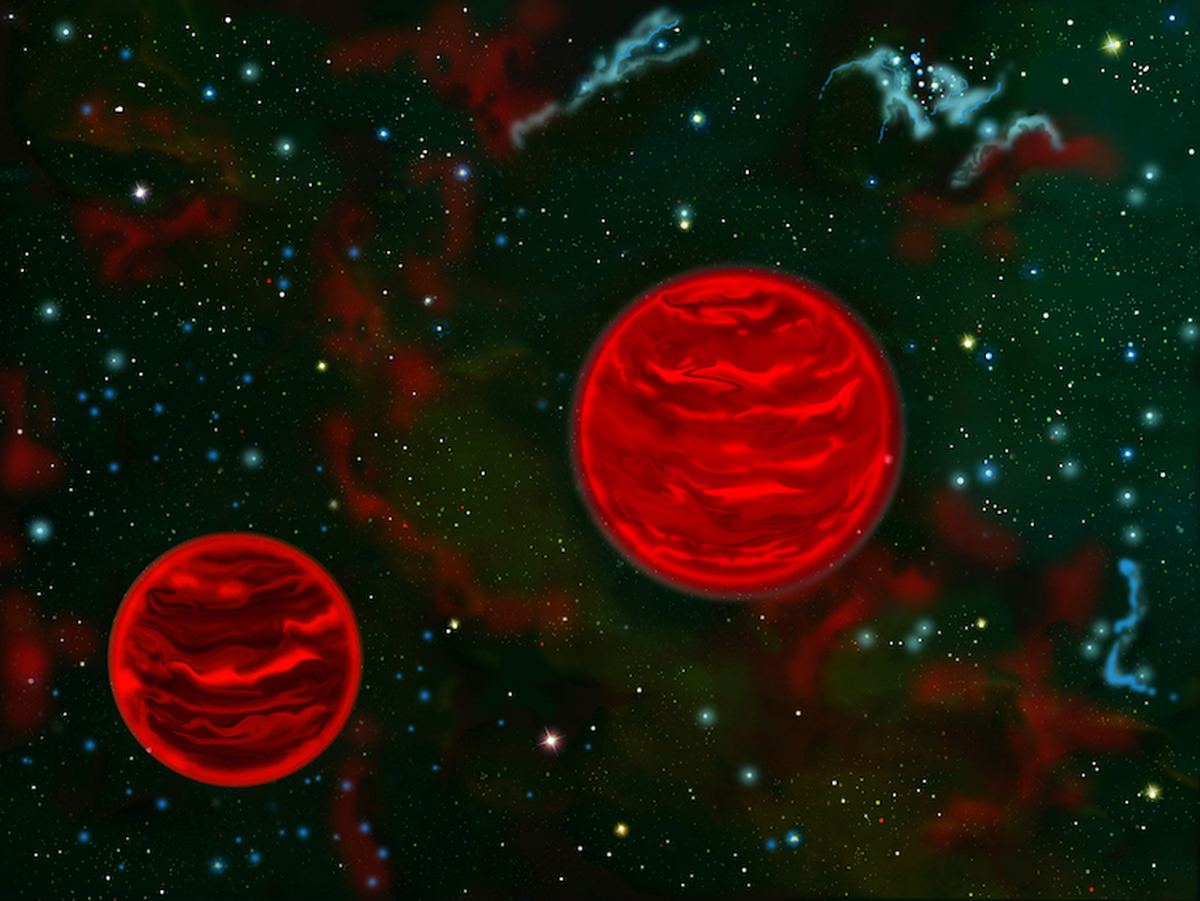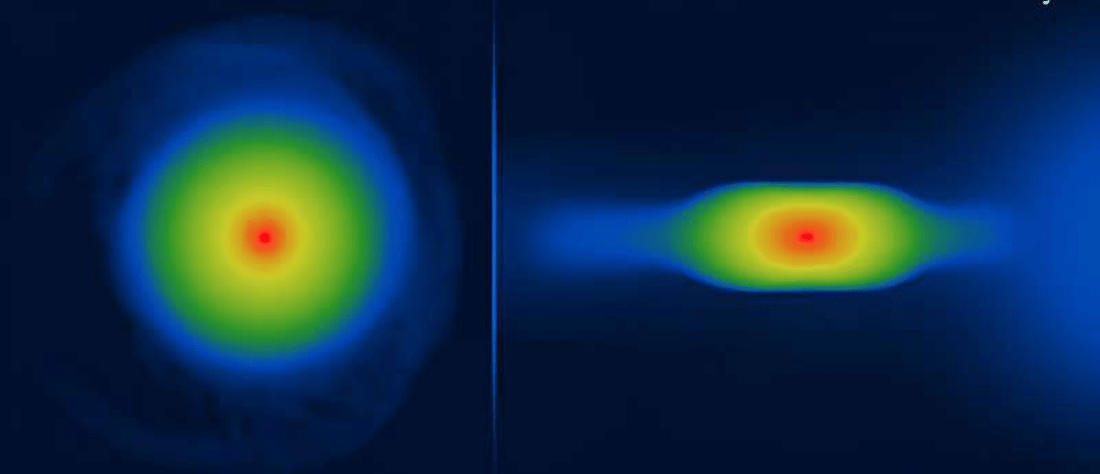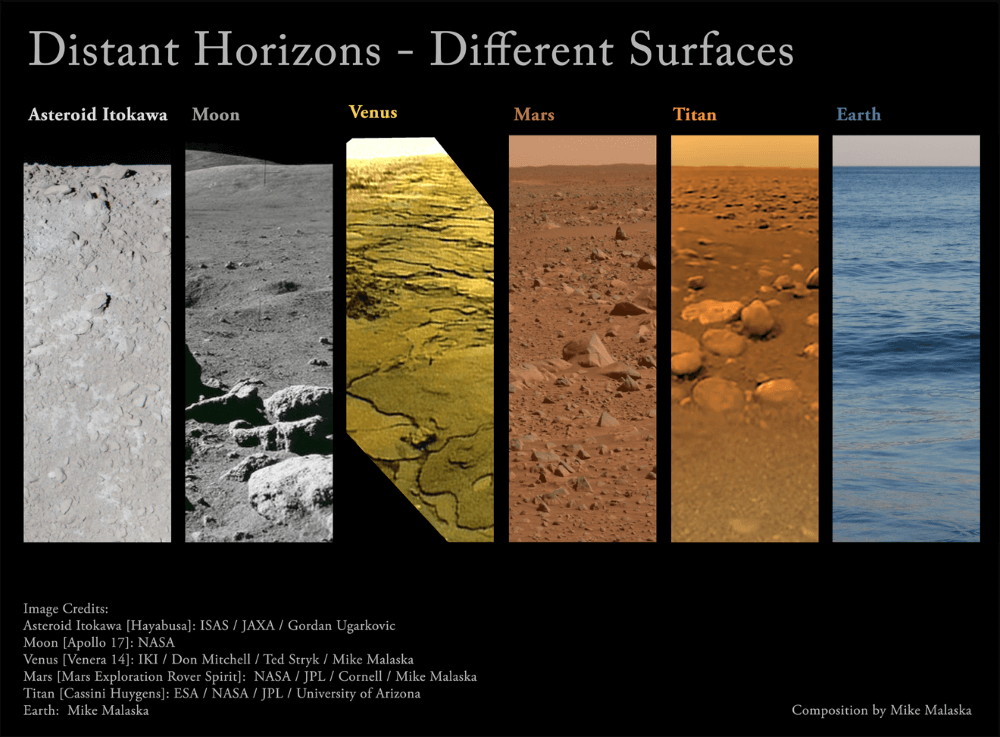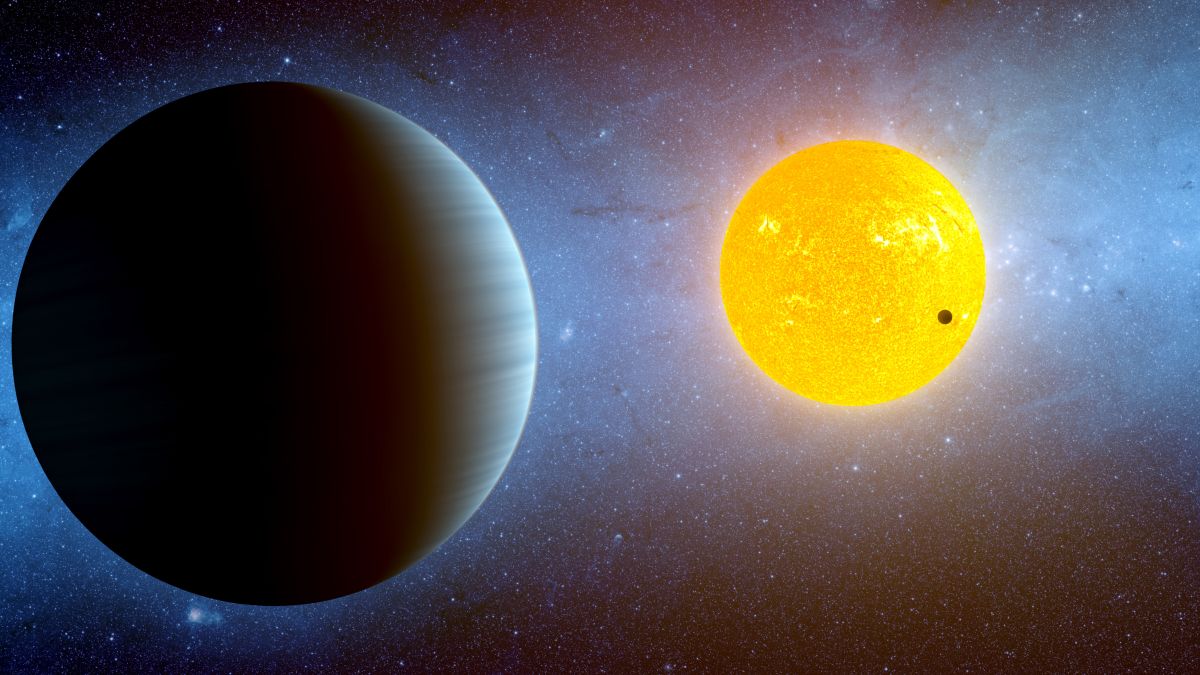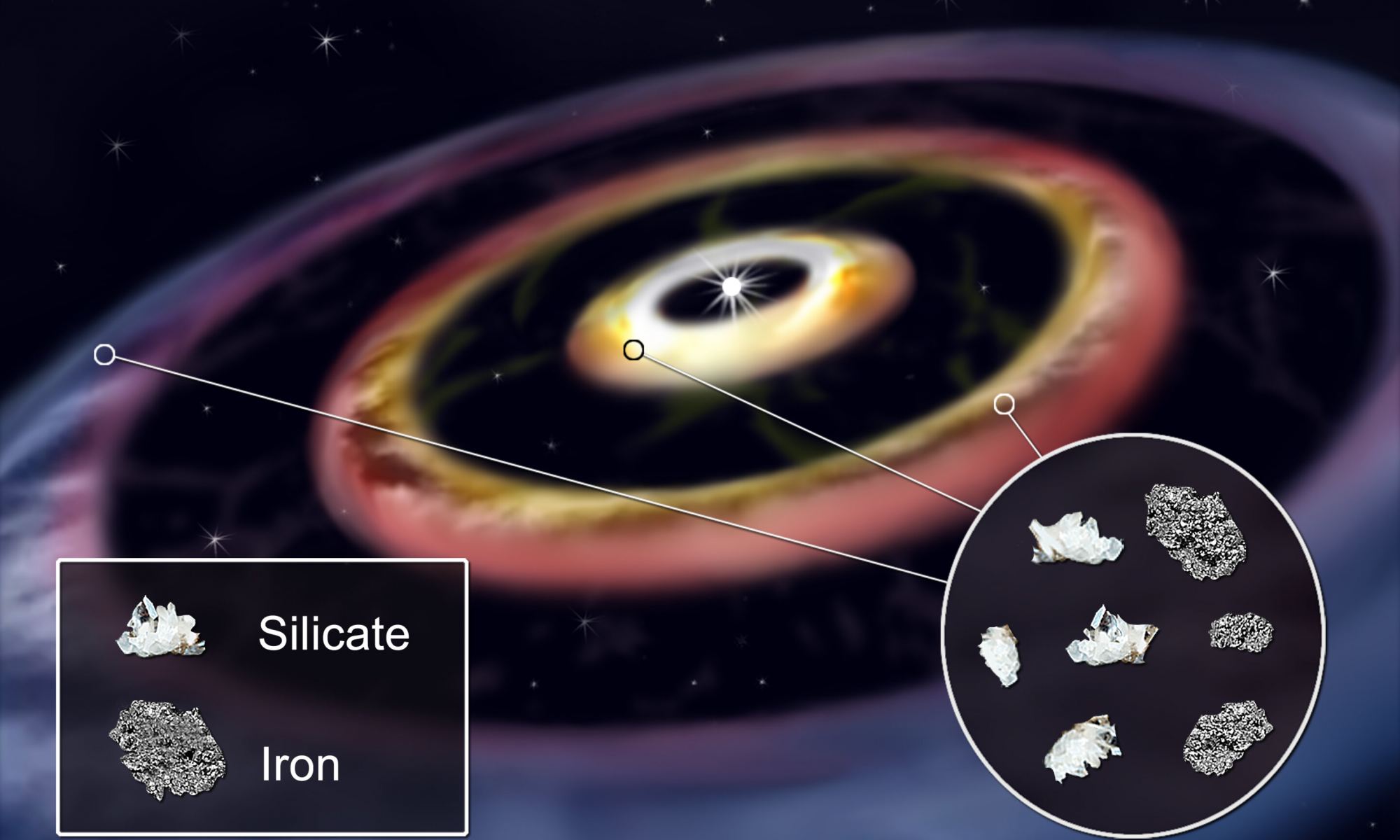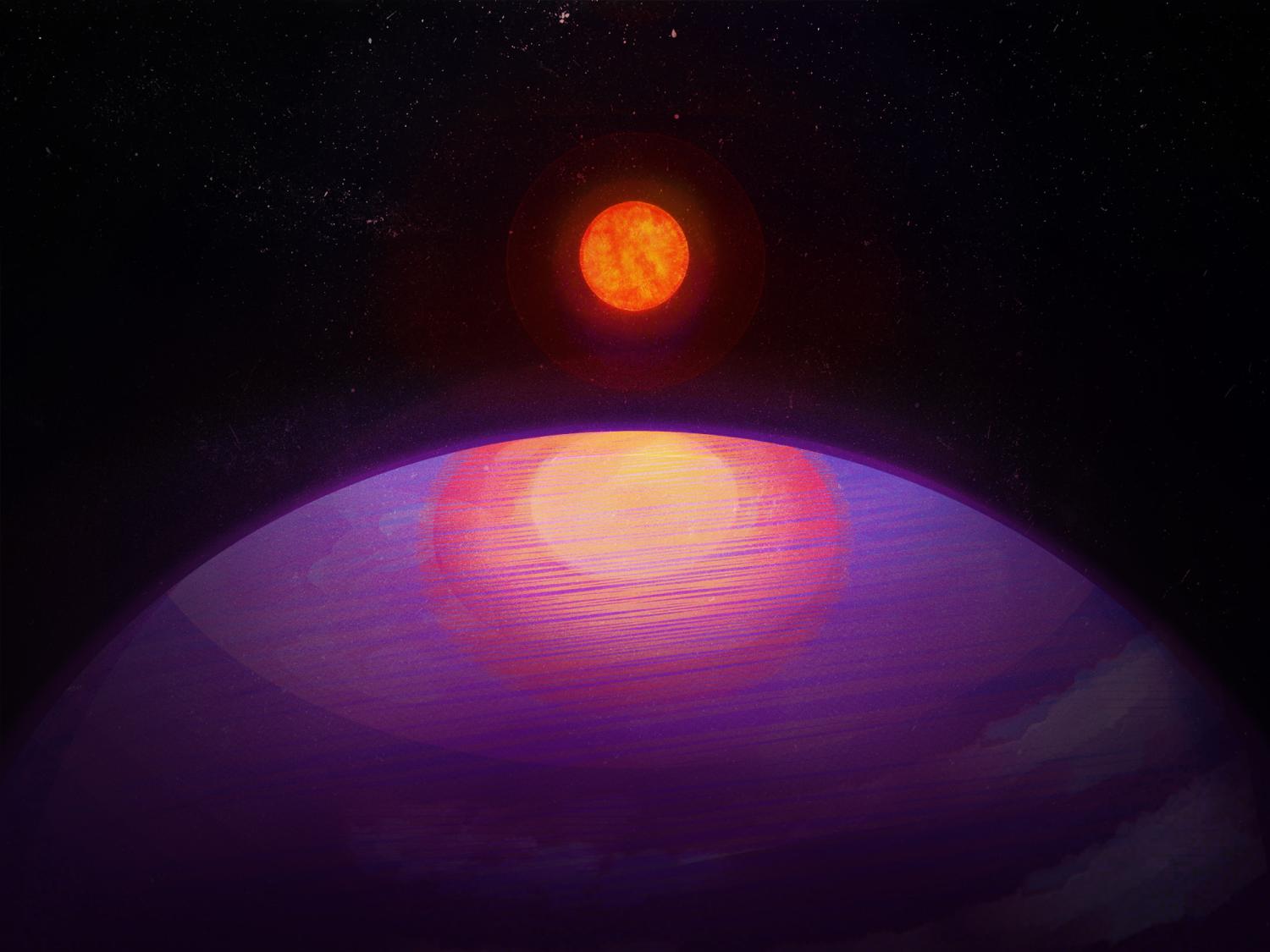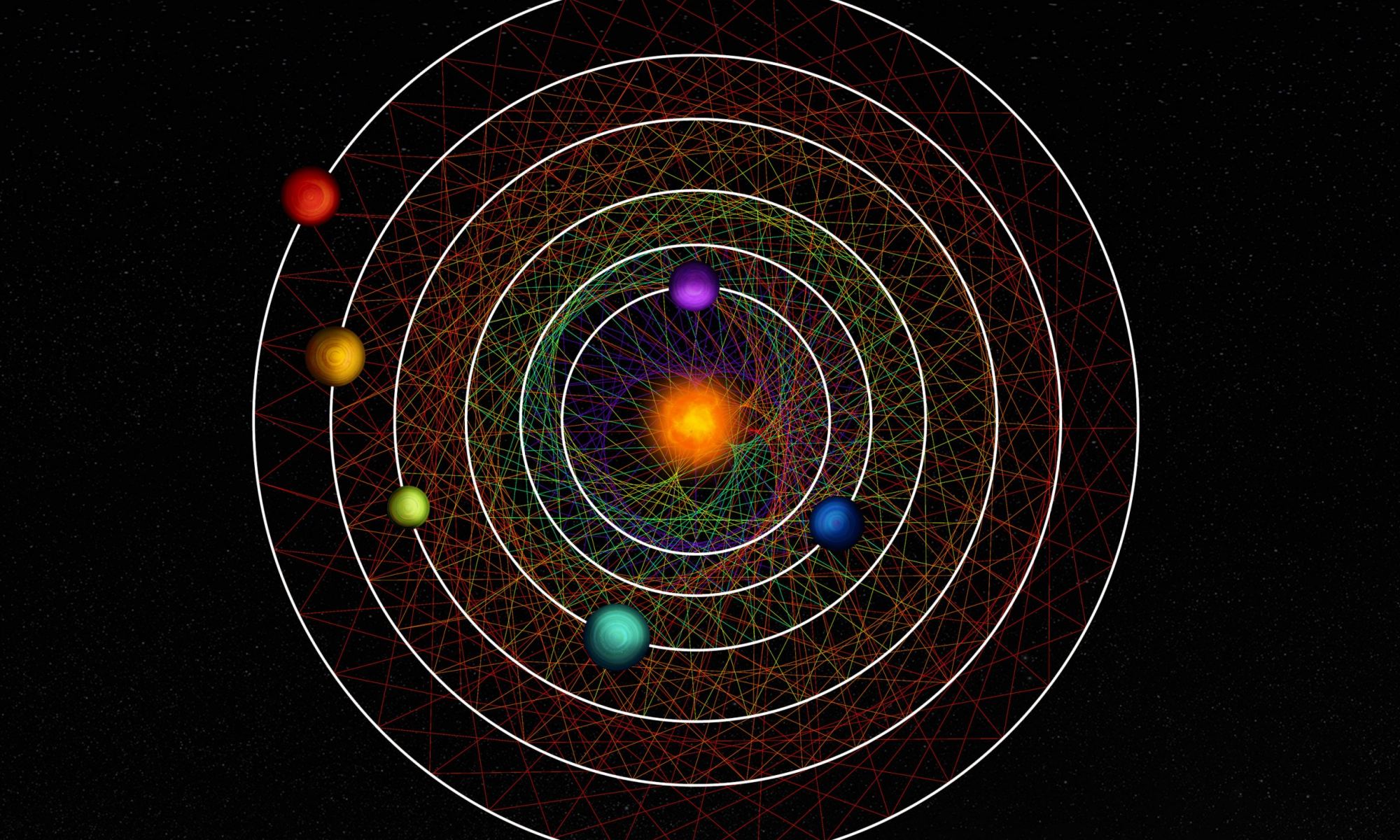Planet-forming disks are places of chaotic activity. Not only do planetesimals slam together to form larger worlds, but it now appears that the process involves the destructive recycling of water within a disk. That’s the conclusion from scientists studying JWST data from a planetary birth crèche called d203-506 in the Orion Nebula.
Continue reading “A Planetary Disk in the Orion Nebula is Destroying and Replenishing Oceans of Water Every Month”A Planetary Disk in the Orion Nebula is Destroying and Replenishing Oceans of Water Every Month


